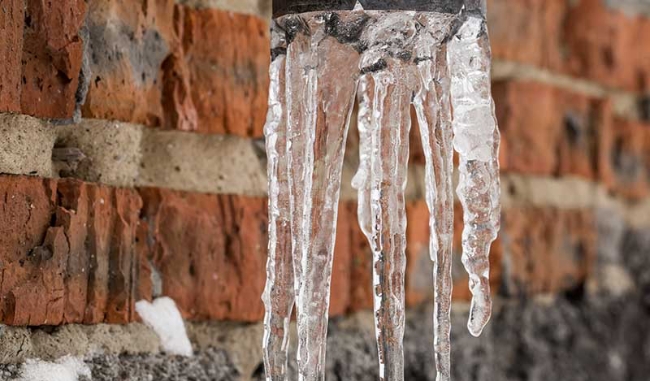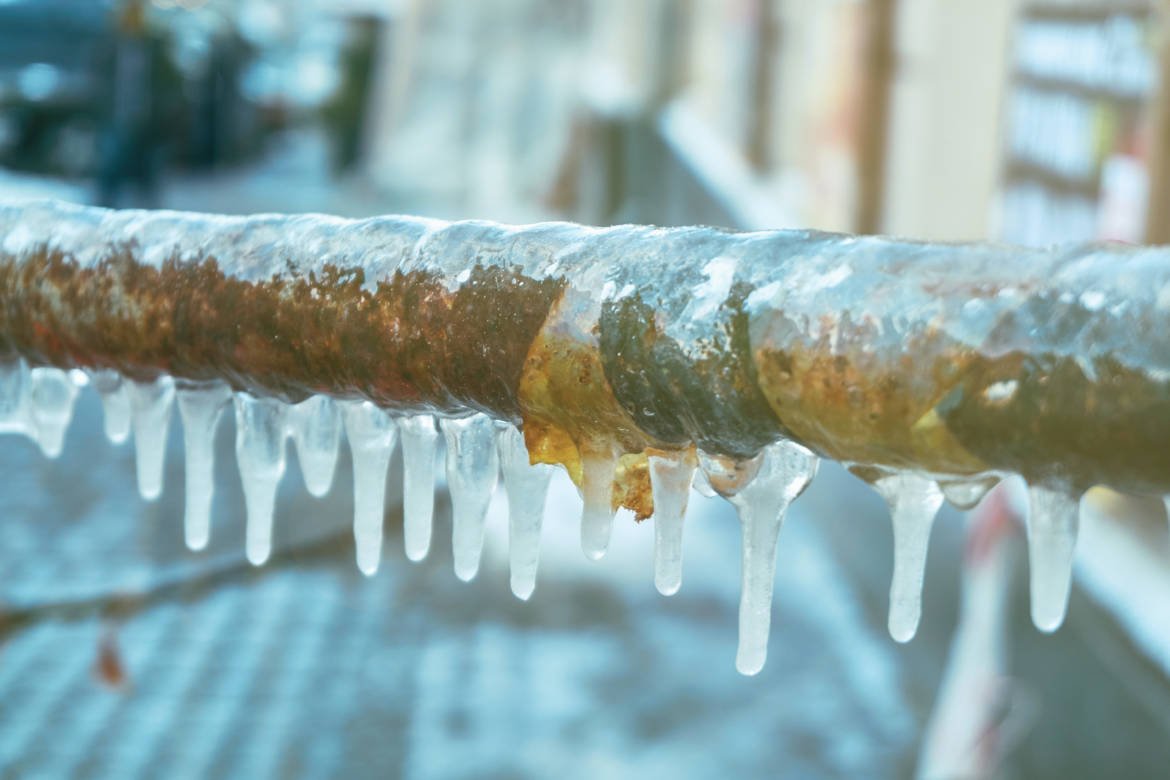Avoiding Frozen Pipes in Cold Weather: Essential Advice
Avoiding Frozen Pipes in Cold Weather: Essential Advice
Blog Article
Are you hunting for resources about Helpful Tips to Prevent Frozen Pipes this Winter?

Cold weather can wreak havoc on your plumbing, specifically by freezing pipelines. Right here's how to stop it from occurring and what to do if it does.
Introduction
As temperatures decline, the threat of icy pipes rises, possibly causing pricey repair services and water damages. Recognizing how to stop icy pipelines is crucial for home owners in chilly climates.
Avoidance Tips
Insulating susceptible pipes
Cover pipelines in insulation sleeves or make use of warmth tape to protect them from freezing temperatures. Concentrate on pipes in unheated or outside locations of the home.
Home heating methods
Maintain interior spaces effectively heated up, specifically locations with plumbing. Open up closet doors to enable cozy air to distribute around pipes under sinks.
How to determine icy pipes
Try to find lowered water flow from faucets, unusual odors or sounds from pipes, and noticeable frost on revealed pipes.
Long-Term Solutions
Structural changes
Think about rerouting pipes far from exterior wall surfaces or unheated areas. Include extra insulation to attics, basements, and crawl spaces.
Upgrading insulation
Invest in premium insulation for pipes, attic rooms, and walls. Appropriate insulation aids keep regular temperatures and decreases the threat of frozen pipes.
Protecting Exterior Plumbing
Garden pipes and exterior faucets
Separate and drain pipes garden tubes prior to winter. Set up frost-proof faucets or cover outside taps with protected caps.
Understanding Icy Pipes
What creates pipelines to freeze?
Pipelines ice up when revealed to temperatures listed below 32 ° F (0 ° C) for expanded periods. As water inside the pipelines freezes, it expands, taxing the pipeline walls and potentially causing them to burst.
Risks and damages
Frozen pipelines can lead to water system disruptions, building damages, and expensive repair work. Burst pipes can flood homes and cause considerable architectural damages.
Indicators of Frozen Water Lines
Determining icy pipes early can avoid them from rupturing.
What to Do If Your Pipes Freeze
Immediate activities to take
If you presume frozen pipes, maintain taps open to relieve pressure as the ice melts. Make use of a hairdryer or towels soaked in hot water to thaw pipelines gradually.
Conclusion
Avoiding icy pipelines requires aggressive measures and quick feedbacks. By understanding the causes, indications, and safety nets, home owners can secure their plumbing during cold weather.
5 Ways to Prevent Frozen Pipes
Drain Outdoor Faucets and Disconnect Hoses
First, close the shut-off valve that controls the flow of water in the pipe to your outdoor faucet. Then, head outside to disconnect and drain your hose and open the outdoor faucet to allow the water to completely drain out of the line. Turn off the faucet when done. Finally, head back to the shut-off valve and drain the remaining water inside the pipe into a bucket or container. Additionally, if you have a home irrigation system, you should consider hiring an expert to clear the system of water each year.
Insulate Pipes
One of the best and most cost-effective methods for preventing frozen water pipes is to wrap your pipes with insulation. This is especially important for areas in your home that aren’t exposed to heat, such as an attic. We suggest using foam sleeves, which can typically be found at your local hardware store.
Keep Heat Running at 65
Your pipes are located inside your walls, and the temperature there is much colder than the rest of the house. To prevent your pipes from freezing, The Insurance Information Institute suggests that you keep your home heated to at least 65 degrees, even when traveling. You may want to invest in smart devices that can keep an eye on the temperature in your home while you’re away.
Leave Water Dripping
Moving water — even a small trickle — can prevent ice from forming inside your pipes. When freezing temps are imminent, start a drip of water from all faucets that serve exposed pipes. Leaving a few faucets running will also help relieve pressure inside the pipes and help prevent a rupture if the water inside freezes.
Open Cupboard Doors
Warm your kitchen and bathroom pipes by opening cupboards and vanities. You should also leave your interior doors ajar to help warm air circulate evenly throughout your home.

As a serious person who reads on Preventing and dealing with frozen pipes, I was thinking sharing that article was a great idea. Appreciated our blog? Please share it. Let other people discover it. Thanks a bunch for being here. Return soon.
Click Here Report this page